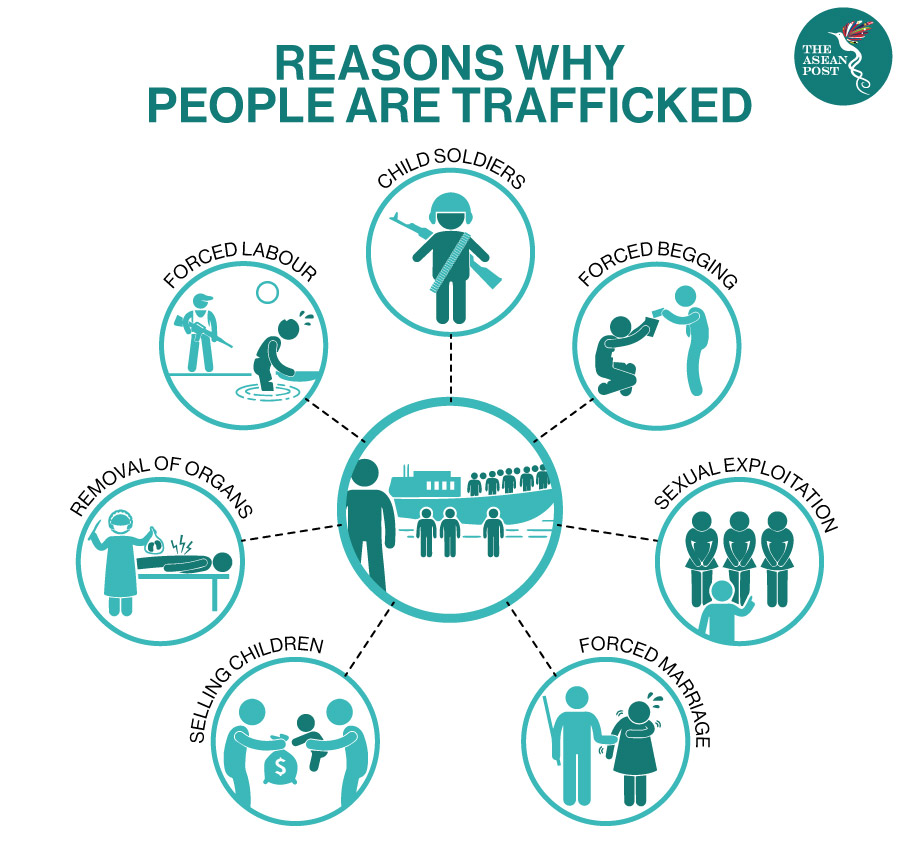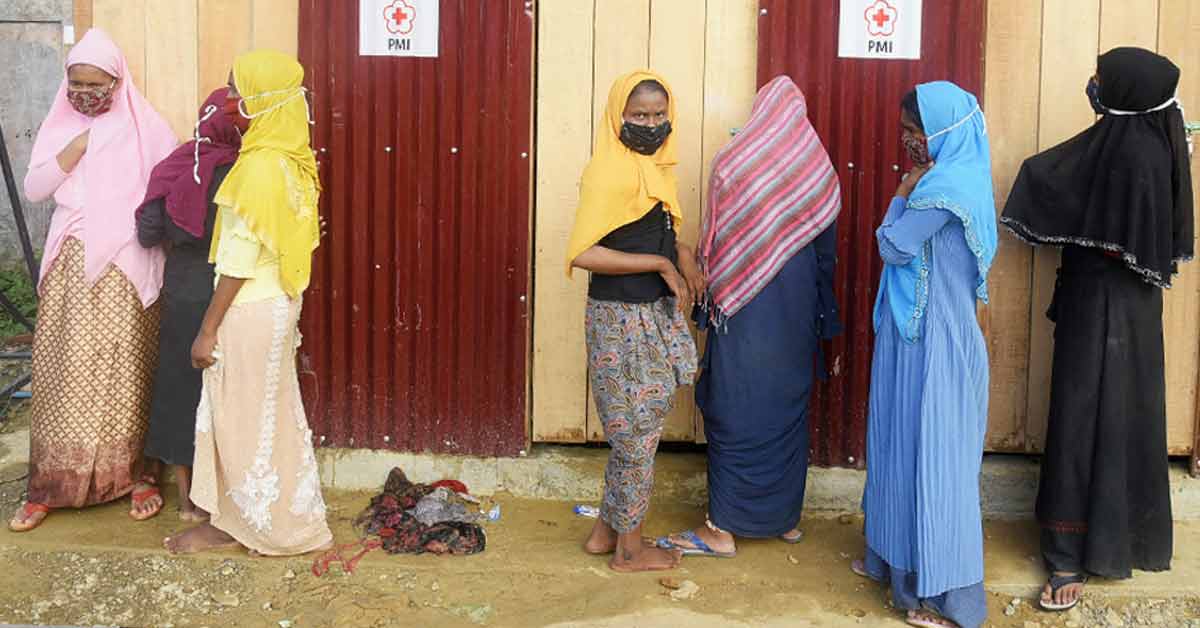The world has made much progress in advancing women’s rights over the past few decades. In recent years, more girls are going to school, more women are serving in parliament and positions of leadership, and their voices in calling out inequality are now louder than ever. This was witnessed in women’s rallies across the globe yesterday in conjunction with International Women’s Day.
Nevertheless, women and girls are still facing discrimination and violence every day in various parts of the world – simply because of their gender. A mundane task like going to a public toilet or out jogging can put them at risk of rape and abuse.
But in times of displacement, this problem escalates, noted the United Nations High Commissioner for Refugees (UNHCR).
According to the UN agency, women and girls make up around 50 percent of any refugee, internally displaced or stateless population. Those who are unaccompanied, pregnant, heads of households, disabled or elderly are particularly vulnerable.
Coupled with the current COVID-19 pandemic, the lives and rights of these women and girls are in increasing jeopardy.
An estimated 85 percent of the world’s refugees are hosted in developing countries and heavily dependent on humanitarian aid or day labour. Since the health crisis began, many have lost fragile livelihoods and have been thrust into abject poverty with disastrous and wide-ranging impacts.
In Southeast Asia, some of the main refugee-hosting countries include Thailand which has hosted refugee populations for at least 35 years, Malaysia (25 years), and Indonesia (15 years). In 2019, there were approximately 97,000 refugees in Thailand. Whereas in Malaysia, by the end of January 2021, there were some 178,710 refugees and asylum-seekers registered with UNHCR – most of them from Myanmar.
More Violence
Other than being highly at risk of contracting COVID-19, the pandemic has also increased the risk of domestic and gender-based violence for refugee women living in camps.
In the world’s largest refugee camp – Cox’s Bazar in Bangladesh, 42 percent of the Rohingya refugees there said that it had become more unsafe for women and girls “inside the house” since the onset of the COVID-19 crisis.
“Participants in the assessment described an increase, in particular, of intimate partner violence, resulting from tensions over containment measures, movement restrictions and financial difficulties,” said the UNHCR in regards to the survey of the Rohingya.
Whereas in the Central African Republic, where a quarter of the population is displaced, one gender-based violent incident is recorded every 60 minutes.
Nevertheless, Amnesty International suggests that the number of abuse victims in camps could be higher than disclosed as they are reluctant to come forward with formal complaints due to “social stigma, fear of reprisal from perpetrators,” and “lack of trust in the protection system”.
“With COVID's socio-economic impact driving millions of refugees and displaced people further into poverty and destitution, we are extremely worried about the increase in violence against women and girls,” said Filippo Grandi, a UN official.
“Jobs have been lost, tensions are rising, intimate partner violence is escalating, livelihood opportunities are scarce and movement restrictions are making it difficult for survivors to report abuse and seek help,” he added.
Trafficked
Last January, it was reported that scores of Rohingya women went missing from a refugee camp in Indonesia. They were believed to have been trafficked into Malaysia to be reunited with their husbands. Neither the local authorities nor the UN could account for the whereabouts of the women. However, some of the women have since called friends in the Lhokseumawe camp to inform that they have reunited with their husbands.
Unfortunately, “some are missing and we don't know what happened, whether they got there or were sold by traffickers,” said Namashah, whose own reunification with his wife and daughter was profiled in the media.

Refugees are especially vulnerable to being trafficked or falling victim to serious crimes and human rights’ violations.
When people are forced to flee their situation or country to escape conflicts or disasters, they often lose their community support networks and end up being socially and culturally isolated. They lack access to basic resources and livelihood opportunities. These and other factors contribute to making refugees and other forcibly displaced people an easy target for traffickers, stated the UN.
According to a report by the United Nations Office on Drugs and Crime (UNODC), the most common form of human trafficking is sexual exploitation. The victims are predominantly women and girls.
“In addition to the mounting risks of violence, abuse, sexual exploitation and trafficking, all of which are consequences of gender inequality, the effects of the pandemic are also proving catastrophic on refugee girls’ education,” said Gillian Triggs, UNHCR’s protection chief.
“Many girls are being forced to drop out of school and into work, marriage or sold off.”
“Unless concerted efforts are made to mitigate the gendered impacts of COVID-19, we risk leaving refugee, displaced and stateless women and girls behind,” explained Triggs.
Related Articles:
